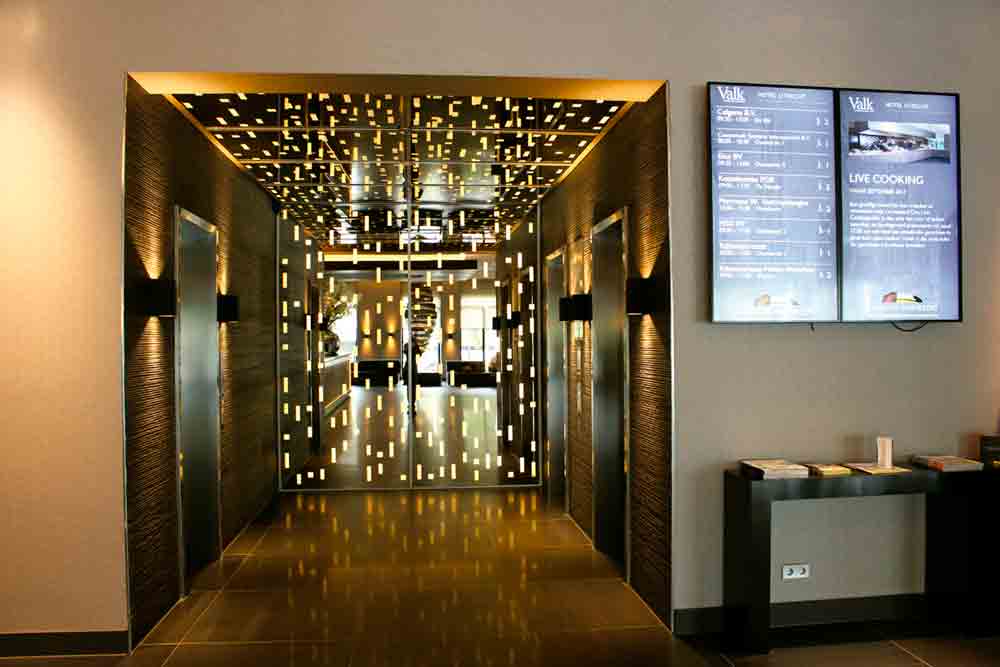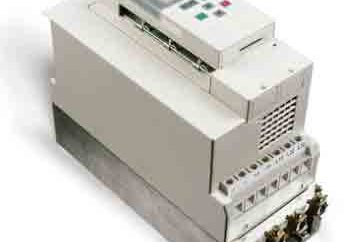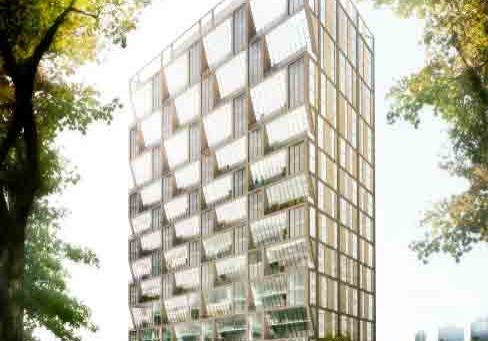Functional and Reliable Lifts at New Van der Valk Hotel
Nov 1, 2017

First evacuation lift in the Netherlands complying with prEN 81-76 inst
The Van der Valk hotel chain regularly opens new locations throughout the Netherlands. They believe that should a calamity in one of them occur, evacuation must be done quickly via the lifts. Its new hotel in Utrecht (opened in April) is one example where an evacuation lift has been installed.
In 2014, Mitsubishi Elevator Europe developed the Floor Warden (FW) Operation concept for the Netherlands to improve evacuations by lifts and make the process safer. Liftinstituut signed for the type-certification of the system in 2014. An internal emergency-response team operates the lift in the event of an emergency. The FW Operation concept means it can only be operated by a team member present on the floor that is evacuated. The lift is provided with an integrated intercom system and signalling so its status is immediately obvious.
Your author spoke to Coen Poelmans, who oversaw the new-build project for Van der Valk, in the building’s restaurant. Also present was Ronald Koedam, Mitsubishi Elevator Europe’s sales manager for new builds. Poelmans explained the strong growth of the Van der Valk hotel chain: there are now 80 hotels across the Netherlands. For new buildings, the Van der Valk family only has the shell built and then arranges the completion and interiors with its network of (often regular) suppliers. The lifts are purchased by Van der Valk itself. KONE, Otis and Mitsubishi Electric bid on the hotel in Utrecht.
The lifts had to meet the following three requirements: as noise free as possible, a good value for the money and high availability. Poelmans said, “These minimum requirements were met by Mitsubishi Electric, which was then brought in to supply the lifts for this hotel. We also see it as a benefit that Mitsubishi has one of its factories based in the Netherlands.’’
Ronald Koedam from Mitsubishi Electric highlighted that the company consulted extensively with the architect about the design features of the lift shafts and about the detailed interior and finish of the lifts. Poelmans adds: “We bring along our previous experiences, which we gained from our other hotels. During peak times, we want to reduce waiting times as much as possible, too.”
Evacuation Lift
In addition to a firefighter’s lift in compliance with EN 81-72, the hotel has been provided with the Netherlands’ first evacuation lift equipped with Mitsubishi Electric’s FW Operation system, based on the design standard pr81-76 (lifts to be used for the evacuation of persons with disabilities and persons with impaired mobility). Mitsubishi Electric initiated development of the system with the aim of making the building even safer in the event of a fire or other emergency. Poelmans certainly sees the added value of this, adding:
“It was still very tricky to convince the representative from the local fire brigade, who had also attended the build review meetings. An evacuation lift of this type was completely new to him, and he could only see challenges ahead. Then, you notice that there is quite a bit of fear of getting their feet wet among the fire brigade. But, when I explained that it is essentially a normal lift with an evacuation functionality, he no longer had any objections. It goes without saying that the building meets all the fire safety requirements, such as compartmentation, smoke detection, a fire alarm system and sprinklers.”
In the event of a fire, all passenger lifts are directed to the ground floor. The doors will then momentarily remain open so that any users can exit, after which the doors close and any further calls by hotel guests are blocked. The evacuation lift and the firefighter’s lift will then only be available for use by the relevant authorized people. Due to fire compartmentation, both lifts have been built adjacent to one another in one shaft. The evacuation lift has double cage accesses. All accesses required for evacuation and firefighting will be provided with a 60-min. fire-resistant vestibule on the services side, not the public side. The evacuation lift can only be used for evacuation under the supervision of Emergency Response Team (ERT) members. They are the only ones trained to operate the evacuation switch. This switch has been fitted near the shaft access on the services side. ERT members will, therefore, remain outside the lift, with one at each shaft access. They do not accompany the cage during evacuation but ensure that anyone being evacuated by this lift is taken from the assembly floors to the ground floor as quickly as possible and then to the hotel exit. ERT members also ensure that anyone able to walk will take the stairs, and anyone with mobility issues will be guided to the assembly floors, from where they can take the evacuation lift down.
Poelmans points out that this allows for disabled people to have a room on higher floors. While in evacuation mode, the lift will stop only at the ground floor and at five floors spread across the building. According to Koedam, 11% of building occupants can be evacuated within a reasonable time using the evacuation lift. The aim is that, in the event of an alarm and the necessity to evacuate, ERT members start the evacuation using the evacuation lift. The firefighters can then concentrate on fighting the fire upon arrival using the adjacent firefighter’s lift, although they will also likely want to take charge of the evacuation after their arrival. Like for the firefighter’s lift, the evacuation lift can be operated only by authorized staff using a dedicated switch to take it out of its normal operation mode. The relevant lift will then only be available for use by the ERT.
Only once ERT training has taken place may the evacuation lift actually be used as such (if ever required). Koedam adds that Mitsubishi Electric will offer the necessary support. “And,” he adds, “this support will also continue to be offered into the future, from our duty of care towards the Van der Valk hotel.” An evacuation drill would be good, although Poelmans states this will involve quite a lot:
“Carrying out such a drill is much easier in an office block, as you will always have the same people present, but here, we have different guests every day. We will need to prevent panic among them as much as possible. Having said that, an evacuation is always announced over the sound system and in four languages, so they will know what is going on.”
Koedam predicts evacuation lifts will soon spread rapidly across the Netherlands:
“It is great that the Van der Valk hotel chain, being one of our regular clients, is interested in being our pilot in this, sees its added value and is willing to invest in this. We hope to be able to roll this product out across the whole of Europe at some point. . . . Although I obviously hope that we will never need to use this lift ‘for real’!”
Four passenger lifts (three guest and one services lift) occupy two shafts opposite each other in the 20-floor core of the building. One passenger lift can also be used as an evacuation lift, and the services lift can also serve as a firefighter’s lift. The latter two lifts are positioned adjacent to each other in one of the two shafts. Additionally, there is a lift that takes visitors from the underground car park up to the hotel lobby, and a hydraulic goods lift installed by Astralift. The passenger lifts and the services/firefighter’s lift go to all floors (-1 to 20). The passenger lifts comply with EN 81-20, the firefighter’s lift complies with EN 81-72, and the evacuation lift complies with prEN 81-76.
Certification
Liftinstituut signed for the commissioning tests of the lifts and included a functional test of the FW evacuation-control system. Everything worked properly. Liftinstituut also carried out the type-certification of the FW Operation concept in 2014 to improve lift evacuations and make the process safer. According to Liftinstituut International Business Manager Albert Jan van Ommen:
“In view of the increasing aging of society and the fact that we build higher and higher, we cannot continue to state, ‘Do not use the lifts in the event of a fire. Liftinstituut performs much research in this area and will again be organizing a major congress on this topic next year. The experience we gained within the sector around the construction, application and certification of firefighter’s and evacuation lifts will certainly be drawn upon in this. Our collaboration with the lift industry in this area is highly valuable.”
Get more of Elevator World. Sign up for our free e-newsletter.









